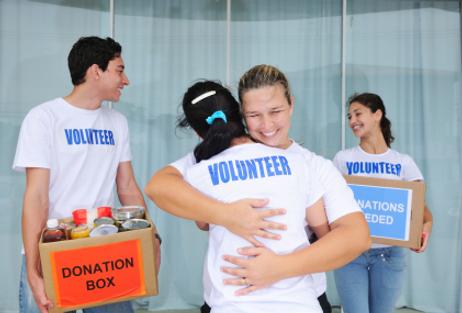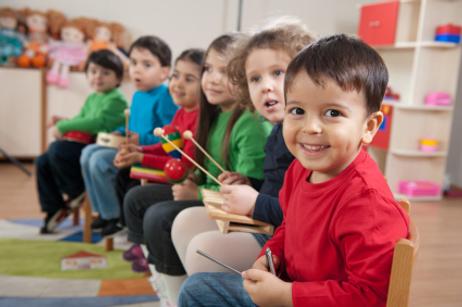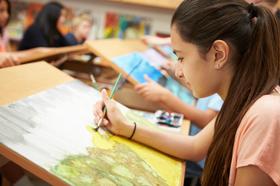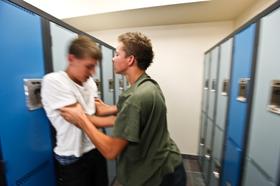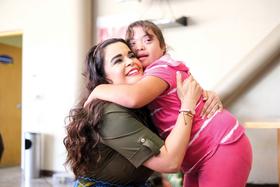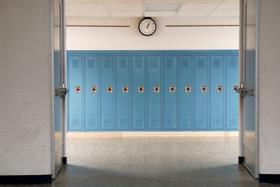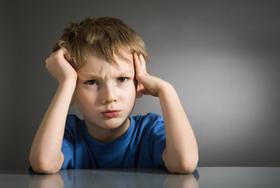Contrary to popular belief, not all prominent, high-demand careers require a college degree. According to the , 10 out of the 28 top fastest-growing careers could be pursued with vocational training available through public schools.
Subsequently, many believe public schools should provide more extensive vocational programs for interested students. While all high schools are required to provide students with general education courses, only a handful provide vocational alternatives.
What Type of Learning Coincides with Vocational Education?
Vocational-technical education programs provide students with practical learning opportunities and hands-on experiences to prepare graduates for a career following high school. As Massachusetts ľĹÓÎĚĺÓýs explains, vocational programs allow students to develop technical, academic, and professional skills that can be used for either a professional pathway or a continuing education alternative.
While all states have vocational programs at various community colleges, some areas still struggle to establish or maintain functioning programs at the public high school level. Because the cost of these programs can often add an extra burden to a public school’s limited budget, these vocational courses are frequently one of the first venues to be cut during a time of financial struggle.
Despite the balancing, financial planning, and professional accommodations needed to establish these programs, many states have shown tremendous strides in offering vocational opportunities. For example, Massachusetts is one of the leading states


